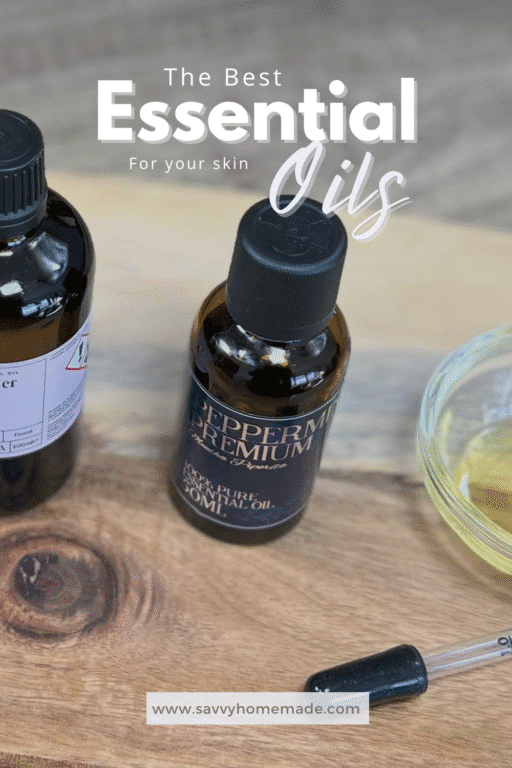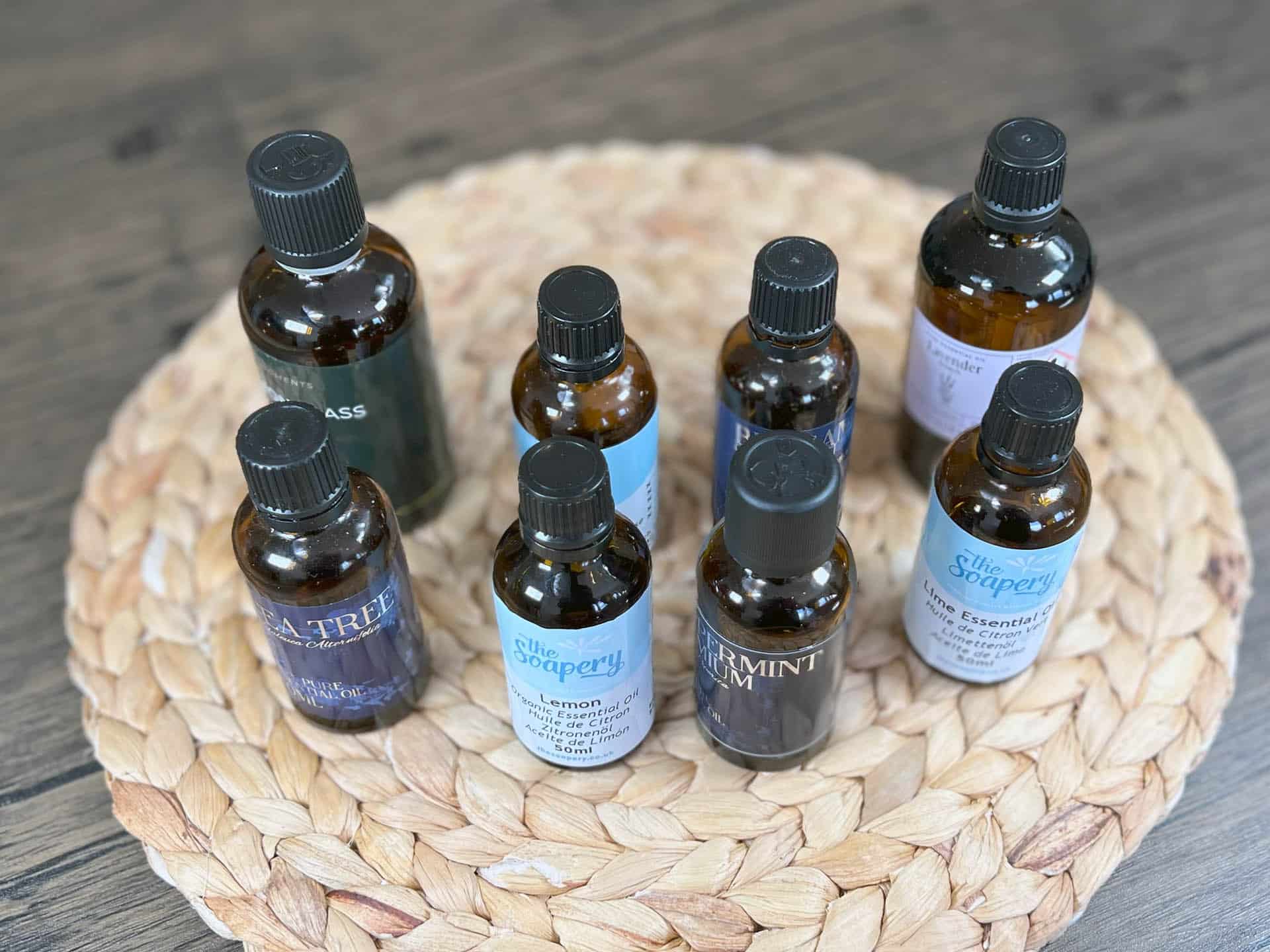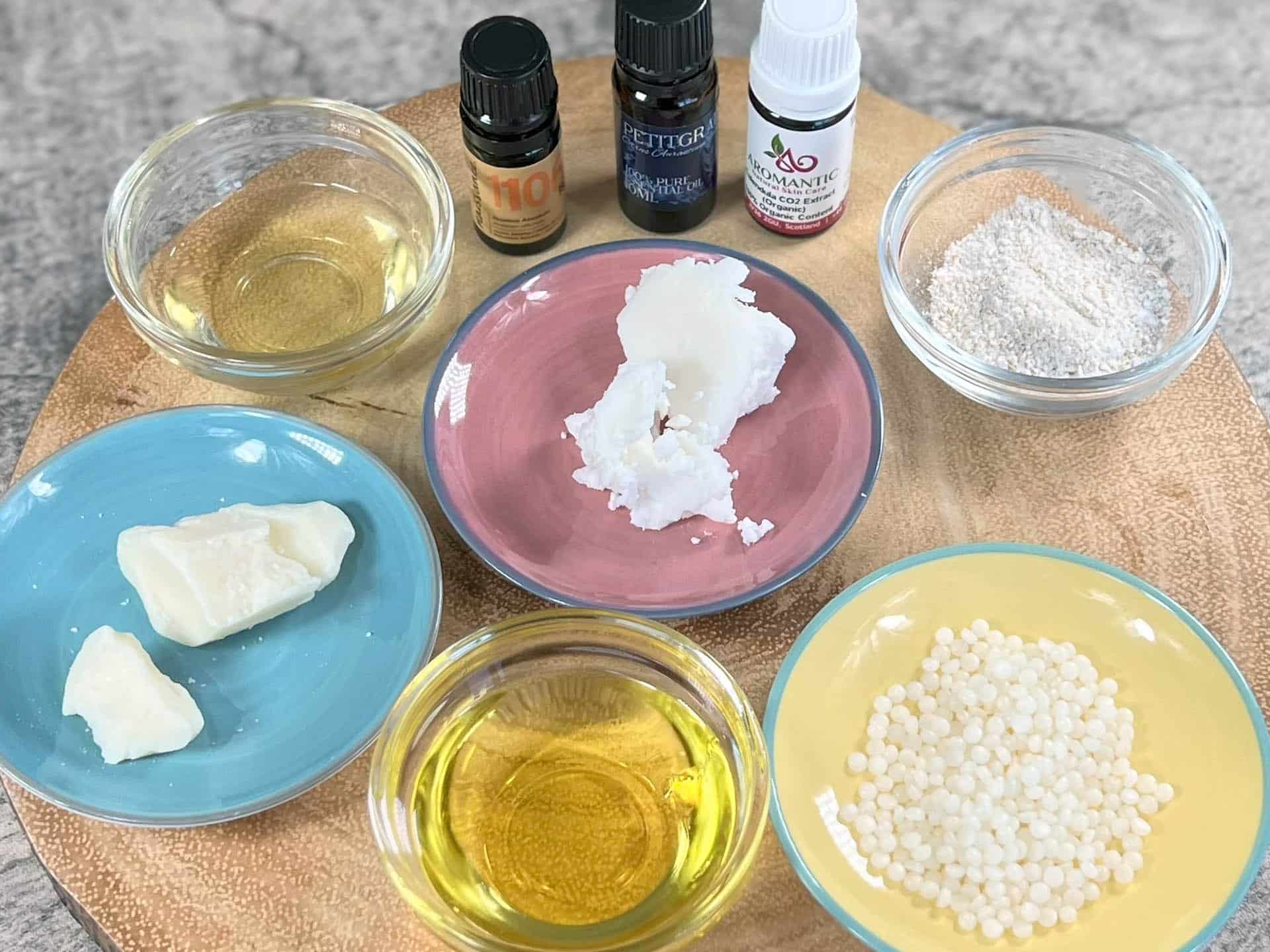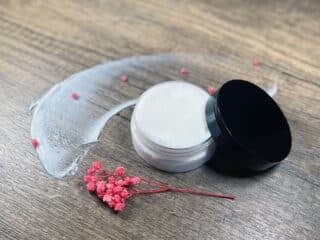I’ve tested a lot of skincare ideas using what I thought were the best essential oils for skin care. It sounded like a dream but in reality it was an absolute nightmare.
Essential oils were one of those things I tiptoed into, then fell in love with once I learned how to do it right. If you’re here hunting for the best essential oils for skin, especially if you’re comparing options and trying to match them to your skin type, you’re in the right place.
Short story first. The second time I tried tea tree on a monster zit, I didn’t dilute it. Rookie move. It burned, looked angrier, and I learned the hard way that essential oils are potent ingredients, not perfumes. Now I keep a simple process, smart dilutions, and a handful of go-to oils that actually help with moisture, pores, breakouts, and the overall complexion.
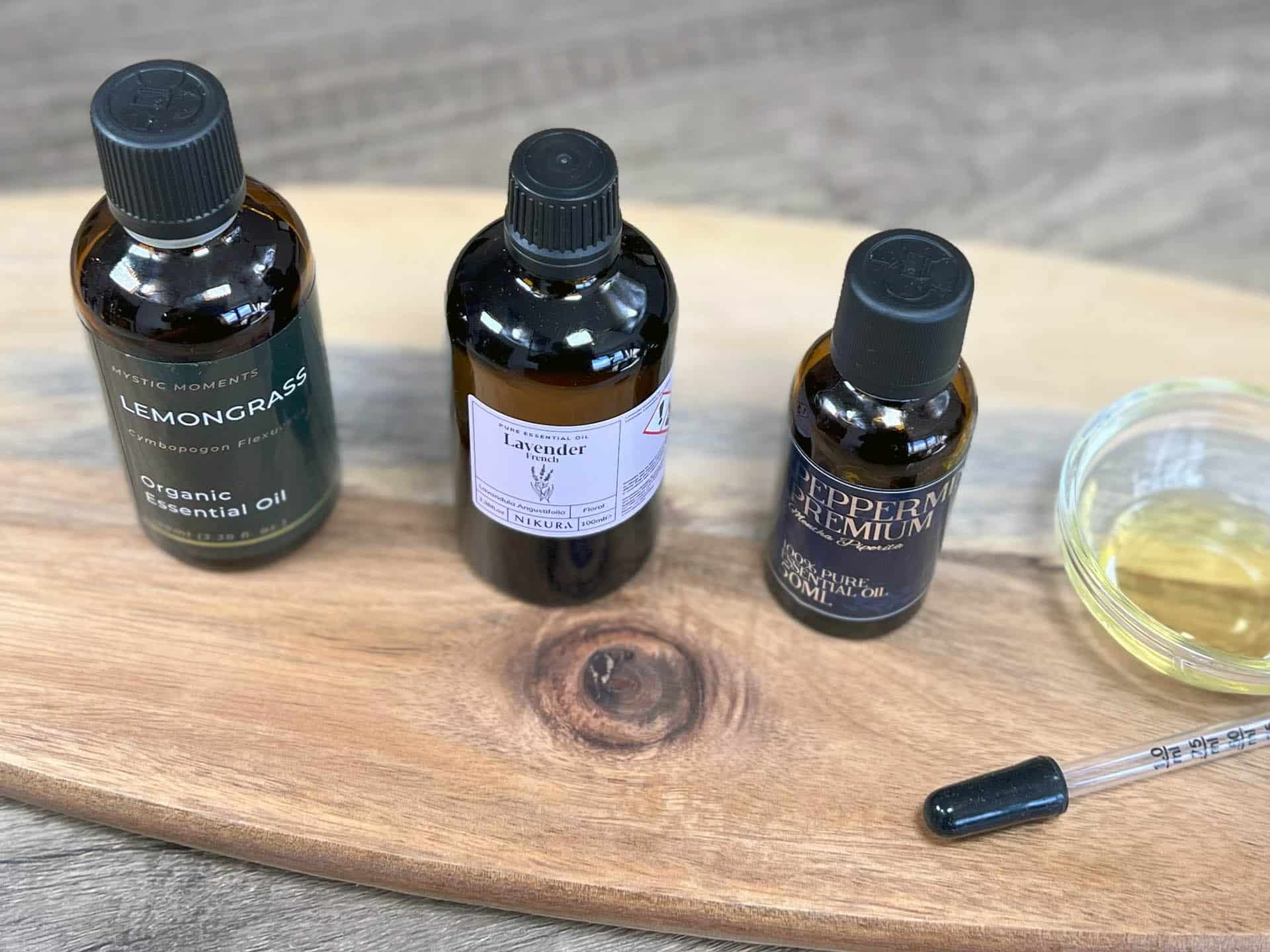
This page reads like a compare and contrast guide because that’s how I shop too. I’ll walk through what essential oils are, how to use them safely, then we’ll break down the best essential oils for skin by oily or acne prone, combination, dry, and aging concerns. I’ll also flag tips, common mistakes, and where you could slot in your own skincare recipes, product picks, and affiliate links.
What are essential oils?
Essential oils are highly concentrated aromatic plant extracts. They’re not the same as a moisturizer or a face oil you’d use straight from the bottle, and they don’t replace a sunscreen or a well balanced lotion. Think of them as functional aromatherapy actives that can be added to a carrier oil or cream in tiny amounts to support skin health.
A few quick facts that matter when you’re evaluating the best essential oils for skin compared to more basic oils:
- They’re volatile and potent. Each drop carries dozens of compounds, including antioxidants that can help fight free radicals on the skin’s surface. Because of that potency, they need dilution in a carrier.
- They’re not “oily” in the usual sense. Essential oils themselves don’t provide moisture. That job belongs to your carrier oil or lotion, which helps soften dry patches and minimize the appearance of fine lines.
- They shine in blends. Thoughtful blends can target multiple concerns at once, like oil production in the T-zone or dehydration on the cheeks.
You’ll see me mention favorites like tea tree oil, lavender essential oil, sandalwood, lemon, roman chamomile, peppermint oil, and frankincense. Each has a distinct personality. Some are calming, some more clarifying. We’ll match them to the right skin type so you can avoid irritation and get results that feel real, not theoretical.
While we’re on the topic, you’ll also see carrier oils pop up, like jojoba oil, argan oil, rosehip oil, coconut oil, and pomegranate seed oil. These do the heavy lifting for moisture and barrier support, while the essential oils add targeted benefits.
How to use essential oils
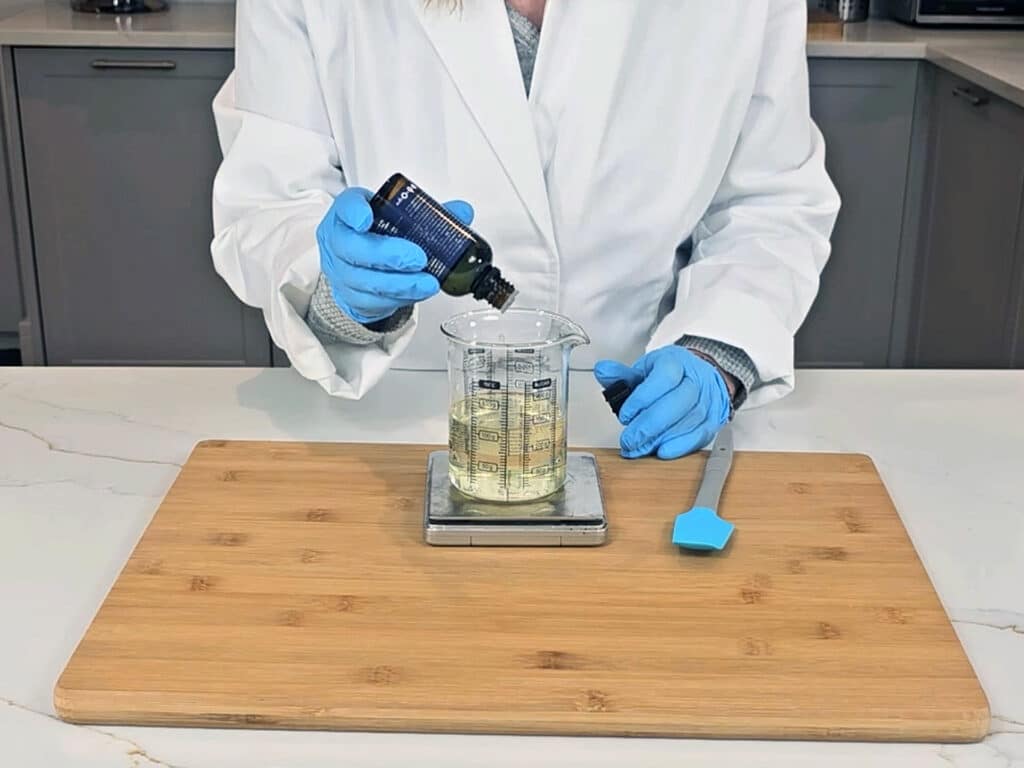
Let me say it clearly: essential oils should be diluted before they touch your skin. If you take nothing else from this guide, take that.
Safety basics I wish I’d known earlier:
- Patch test every new blend on the inner arm before putting it on your face. Wait 24 hours and watch for redness or itching that could hint at an allergic reaction.
- Citrus caution. Oils like lemon can be photosensitizing and phototoxic. If you use them, keep dilution conservative and apply only at night, then wear sunscreen the next day.
- Listen to your sensitive skin. If you have reactive or sensitive skin, prioritize calming oils like roman chamomile and lavender oil at conservative levels.
- Stop at irritation. Itching or heat isn’t “detox.” It’s a sign something isn’t agreeing with you.
Carrier oils that play nicely with skin:

- Jojoba oil feels closest to skin’s own sebum; helpful for balancing oily skin and minimizing the look of pores.
- Argan oil is lightweight and silky, a staple for combination and aging skin.
- Rosehip oil brings a naturally brightening feel and is loved for the appearance of wrinkles and uneven tone.
- Pomegranate seed oil is rich and cushiony, a favorite at night when my cheeks feel tight.
- Coconut oil is popular, but it can be pore clogging for some faces. Personally, I use it on the body, not my T-zone. Excessive use can actually dry you’re skin out, too, so be careful not to abuse it.
If aromatherapy is part of your nightly wind down, diffusing lavender essential oil nearby is a nice add on, but keep the topical use separate and measured.
Best Essential Oils for Oily + Acne Prone Skin
If you’re scanning for the best essential oils for oily skin and frequent acne, you want help with sebum production, inflammation, and those surprise breakouts that pop up before a big day. I’ve been there, dabbing at a shiny T-zone and wondering if putting oil on oil makes any sense. It can, if you pick strategically.
Top contenders and why they’re useful:
- Tea tree oil. Crisp, a little medicinal, and the classic choice for blemish prone skin. Helpful when pores feel clogged and angry.
- Lavender essential oil. Not just for sleep. Calming when skin is stressed and red. Also softens the scent of stronger oils in blends.
- Sandalwood. Underrated for adult acne. Smooth, grounding scent that plays well with combination concerns.
- Lemon. Clarifying and fresh, best used at night only. Treat it as a supporting note in your routine.
- Peppermint oil. Cooling and seasonal. I treat it like a garnish; nice in summer when oil production spikes, but many skins do better without it.
While we’re on the topic, oily skin still needs moisture. Jojoba oil is my go to carrier here because it behaves like skin’s own sebum, which can help the face feel balanced rather than stripped.
| Need | Best Essential Oils | Why It Helps | Carrier Base | Buy Oils Online |
|---|---|---|---|---|
| Everyday balance for shiny t-zone | Tea Tree, Lavender, Sandalwood | Targets breakouts, calms redness, refines pores and reduces oil production | Jojoba Oil | Tea Tree e/o Lavender e/o Sandalwood e/o Jojoba base oil |
| SOS blend for spots/zits/blemishes | Tea Tree and Lavender | Support for inflammation without overly drying out the skin | Jojoba Oil or Argan Oil | Tea Tree e/o Lavender e/o Argan base oil |
| Night time clarifying for brighter skin | Lemon and Sandalwood | Freshens congested skin for smoother, brighter finish | Jojoba Oil | Lemon e/o Sandalwood e/o Jojoba base oil |
| Summer cooling treatment | Peppermint Oil | Refreshing feel when humidity is high | Jojoba Oil | Peppermint e/o Jojoba base oil |
Notes: keep lemon for evening use only and patch test first. If irritation appears, step back to lavender only for a week. If you wish to use lemon during the day, you must use a distilled lemon essential oil and avoid cold expression (as cold expressed lemon essential oil is phototoxic).
Always dilute your essential oils in a carrier oil. Never apply essential oils directly to the skin.
Best Essential Oils for Combination Skin
Combination skin is that split personality where your T-zone gets shiny but your cheeks feel tight. Mine loves to break the rules, especially in winter when I get flaky patches next to clogged pores. The best essential oils for skin like this need to be versatile and gentle, so you can customize per area.
What tends to play well:
- Lavender oil. Comforting and flexible. It supports balance without shouting, and it layers easily in both jojoba and argan oil.
- Roman chamomile. If you have sensitive patches, this is a dream. Apple-like scent, delightfully calming on days your face feels annoyed at everything.
- Sandalwood. Smooths the look of texture around the nose and softens the feel of tight cheeks.
- Frankincense. Earthy, resinous, and surprisingly balancing. Often mentioned when people want a refined, rested look.
A small confession. I once treated my face like it was one zone and wondered why my cheeks sulked. Treating different areas differently fixed it in a week.
Combination Skin: quick compare tables
| Need | Best Essential Oils | Why It Helps | Carrier Base | Buy Oils Online |
|---|---|---|---|---|
| Tight or reactive cheeks | Roman Chamomile and Lavender | Comforting for sensitive skin and reduces the appearance of dry patches | Argan Oil | Roman Chamomile Lavender e/o Argan Carrier Oil |
| T-zone shininess | Tea Tree and Sandalwood | Supports clarity and evens out oil production | Jojoba Oil | Tea Tree e/o Sandalwood e/o Jojoba Carrier Oil |
| Whole-face refinement for photos and events | Frankincense and Lavender | Smoother finish, softens the texture of facial skin without being heavy | Argan Oil Great in a light lotion alongside hyaluronic acid | Frankincense e/o Lavender e/o Argan Carrier Oil |
| Clogged pores (especially on the chin) | Tea tree and Lavender | Targets small clusters of breakouts while remaining gentle for the skin | Jojoba Oil | Tea Tree e/o Lavender e/o Jojoba Carrier Oil |
Tip: treat zones differently. It takes 30 seconds and feels like a custom facial.
Always dilute your essential oils in a carrier oil. Never apply essential oils directly to the skin.
Best Essential Oils for Dry Skin
If your skin drinks moisturizers and still says, “More please,” the goal is comfort first, then radiance. Dry skin benefits from carriers that bring real moisture and cushion, with essential oils that are calming and supportive rather than overly stimulating.
My favorites for long, cozy hydration:
- Frankincense. I came to love this one over time. It gives dry areas a smoother, more collected look and supports a refined finish.
- Sandalwood. A classic choice for dry or stressed complexions. Soft, elegant scent and a calm feel on wind kissed cheeks.
- Roman chamomile. When you’ve over exfoliated or the wind got you, this is the friend who shows up with soup.
- Lavender essential oil. No surprise here. It layers easily at night and plays well with almost everything.
Carriers that make a difference with dry skin:
- Pomegranate seed oil feels plush and supportive. It’s my winter night standby.
- Rosehip oil is a glow bringer. If your dry skin also shows uneven tone, this base sings.
- Argan oil for daytime. Lightweight, sinks in, and layers under sunscreen without pilling.
| Need | Best Essential Oils | Why It Helps | Carrier Base | Buy Oils Online |
|---|---|---|---|---|
| Daily comfort for taut skin | Frankincense and Sandalwood | Softens skin, fine lines and provides a cozy feel for patches of extra dry skin | Pomegranate seed oil Rosehip Oil (a mixture of the two is great) | Frankincense e/o Sandalwood e/o Pomegranate seed oil Rosehip Oil |
| For overly exfoliated or ultra dry or windy days | Roman chamomile and lavender | Calms, soothes and reduces the appearance of redness | Agan Oil | Roman Chamomile e/o Lavender e/o Argan Carrier Oil |
| Night time cocoon for glowing skin | Frankincense, Helichrysum, Lavender | Rich in antioxidants that support the health of skin, making it appear more rested | Pomegranate or Sweet Almond Oil | Frankincense e/o Helichrysum e/o Lavender e/o Pomegranate Oil Sweet Almond Oil |
| Ultra dry patches that refuse to quit | Lavender, Roman Chamomile and Geranium | Comforts elbows, shins, hands and even shaped cheeks | Coconut oil (for the body only) Pomegranate oil or Sweet Almond oil | Roman Chamomile e/o Lavender e/o Geranium e/o Coconut oil Pomegranate Oil |
Small confession: I once mixed something “ultra hydrating” and my cheeks felt a little tingly. Cutting it with plain carrier oil made it perfect. Furthermore, avoid using too much coconut oil on the face, as overuse is linked to increased dryness. If want to use this blend on both body and face, opt for a different carrier oil.
Always dilute your essential oils in a carrier oil. Never apply essential oils directly to the skin.
Best Essential Oils for Aging Skin
I don’t chase ageless. I chase well rested. If your priority is softening the appearance of wrinkles, improving bounce, and keeping your complexion bright, these are the best essential oils for skin that’s had a few more birthdays. Pair them with carriers that are naturally rich in antioxidants to help defend against free radicals.
The essential three I reach for most:
- Frankincense. It’s the backbone here. Many people associate it with a more refined look around smile lines.
- Sandalwood. Think smoothing and comforting, which makes makeup sit better and skin look serene.
- Lavender essential oil. It rounds blends out and adds a calming element that mature skin often appreciates, especially if you also use actives.
- Rose Essential Oil. It’s perhaps the best essential oil available for anti-aginiong, but it is prohibitively expensive and must be used in ultra small concentrations lower than 1% (as little as 0.2% is effective, but difficult to measure in single batch formulations). So therefore, I only recommend using this essential oil if you have significant experience handling these potent powerhouse ingredients.
Smart carrier base for aging concerns:
- Rosehip oil and argan oil together give a silky, fast absorbing glide with a gentle brightening feel over time.
- Pomegranate seed oil adds plushness for nighttime, along with a satisfying cocoon effect.
One more thing about collagen production. No topical essential oil is a standalone collagen booster like a prescription retinoid. That said, the right blend can support a routine that helps your skin look smoother and more elastic overall. Keep the skincare routine balanced, consistent, and simple.
| Need | Best Essential Oils | Why It Helps | Carrier Base | Buy Oils Online |
|---|---|---|---|---|
| Smoother look around smile lines | Frankincense, Sandalwood | Refines texture for a serene finish | Rosehip oil plus Argan oil | Frankincense e/o Sandalwood e/o Rosehip Oil Argan Carrier Oil |
| Evening brightness when skin seems dull | Lemon with lavender | Freshens tone while lavender keeps things calm | Rosehip oil | Lemon e/o Lavender e/o Rosehip Oil |
| Plush nighttime recovery | Frankincense and Lavender | Antioxidant support against free radicals with a comforting feel | Pomegranate seed oil | Frankincense e/o Lavender e/o Argan Carrier Oil |
| Makeup sits better, less patching | Sandalwood with a touch of Lavender | Smooths the look of texture so foundation glides | Argan Oil | Sandalwood e/o Lavender e/o Argan Carrier Oil |
| Ultra luxurious anti-agining | Rose, Frankincense and Lavender | Packed with antioxidants that combat free radicals, which are known to accelerate the ageing process | Argan Oil | Rose e/o Frankincense e/o Lavender e/o Argan Carrier Oil |
Reality check: essential oils are supportive. Keep retinoids, SPF, and gentle exfoliation in the core routine for best results. If you wish to use lemon during the day, you must use a distilled lemon essential oil and avoid cold expression (as cold expressed lemon essential oil is phototoxic).
Always dilute your essential oils in a carrier oil. Never apply essential oils directly to the skin.
Quick side notes, because real life is messy
- I once mixed a beautiful, expensive blend at a “strong” level and my cheeks hated it. I cut it in half with plain jojoba oil and suddenly it was perfect.
- Aromatherapy mood perks are real for me. Roman chamomile before bed helps me unwind, and I suspect sleeping well shows up in my skin the next morning.
- Maybe it’s just me, but peppermint oil works best if you use it seasonally. I reach for it in summer when I’m outdoors more, not in winter when my face already feels winded.
Build a routine that makes sense
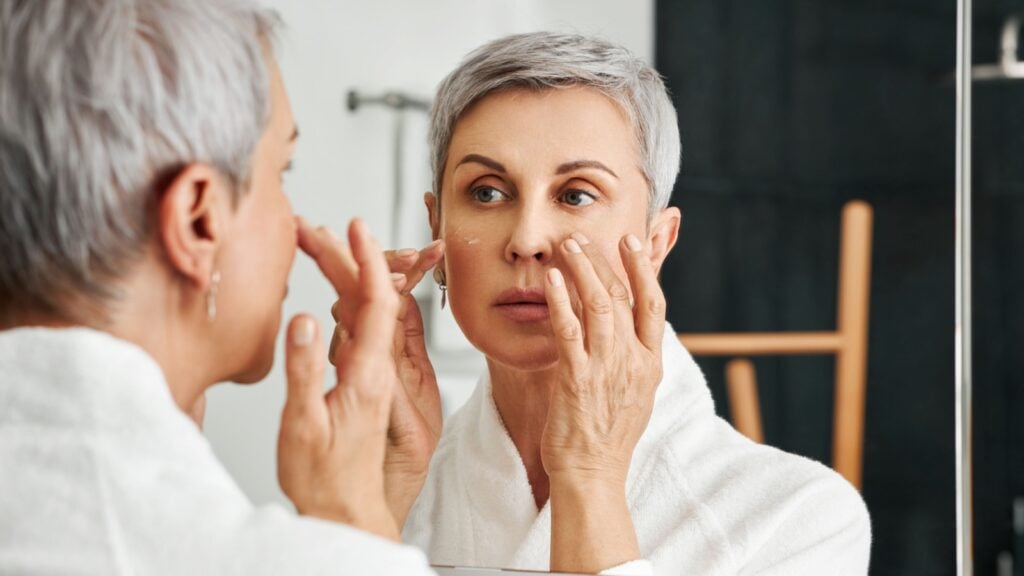
At this point, you might have two or three top essential oils for skin on your shortlist and a few carrier oils you want to try. Here’s how to plug them into your skincare routine without overwhelming your face.
Keep it simple first:
- Pick one essential oil focus per skin goal. For example, tea tree oil for acne, lavender essential oil for calming, frankincense and sandalwood for refinement.
- Choose a carrier based on your skin type. Jojoba oil for oily or acne prone, argan oil or rosehip oil for combination or aging, pomegranate seed oil for dry skin comfort.
How to layer with existing products:
- Cleanse, then apply water based serums.
- Press your chosen blend into damp skin.
- Seal with lotion or anhydrous serum if you need extra moisture on stubborn patches.
- In the morning, keep it light and always finish with sunscreen.
Final Thoughts
When it comes down to it, the best essential oils for skin aren’t a one-size-fits-all answer. Tea tree, lavender, sandalwood, frankincense, and their friends all bring something different to the table, but the real results happen when you match them to your own skin type and use them with the right carrier oils. Oily skin thrives with lighter, balancing blends, while dry or aging skin often calls for something richer and more comforting.
If there’s one theme throughout, it’s this: keep things simple, always patch test and monitor your skin after application. You’ll be on your way to perfect skin in no time.

